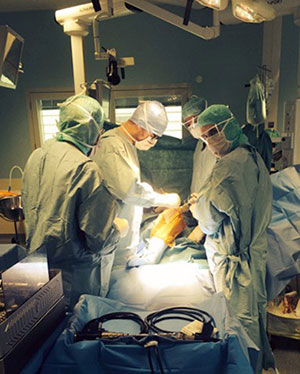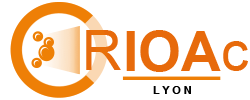Surgery plays an important part in the treatment of BJI, and is essential for any implant-associated bone and joint infection (osteosynthesis, prothesis). Surgical treatment can either be “conservative“, that is to say the implant is “washed” and left in place, or can involve the changing of the implant, which can be performed in one or two stages. The number and type of surgical intervention required, the duration and modalities of antibiotic therapy, the foreseeable duration of hospitalisation, the modalities of rehabilitation, the chances of success, the alternatives and the risks of medical and surgical management are all explained during the presentation of the therapeutic programme. The MDT meeting helps to find the surgical treatment that would best cure the infection, while also maintain limb function. This programme can be modified and adapted during hospitalisation depending on case complexity, disease course and early results.



